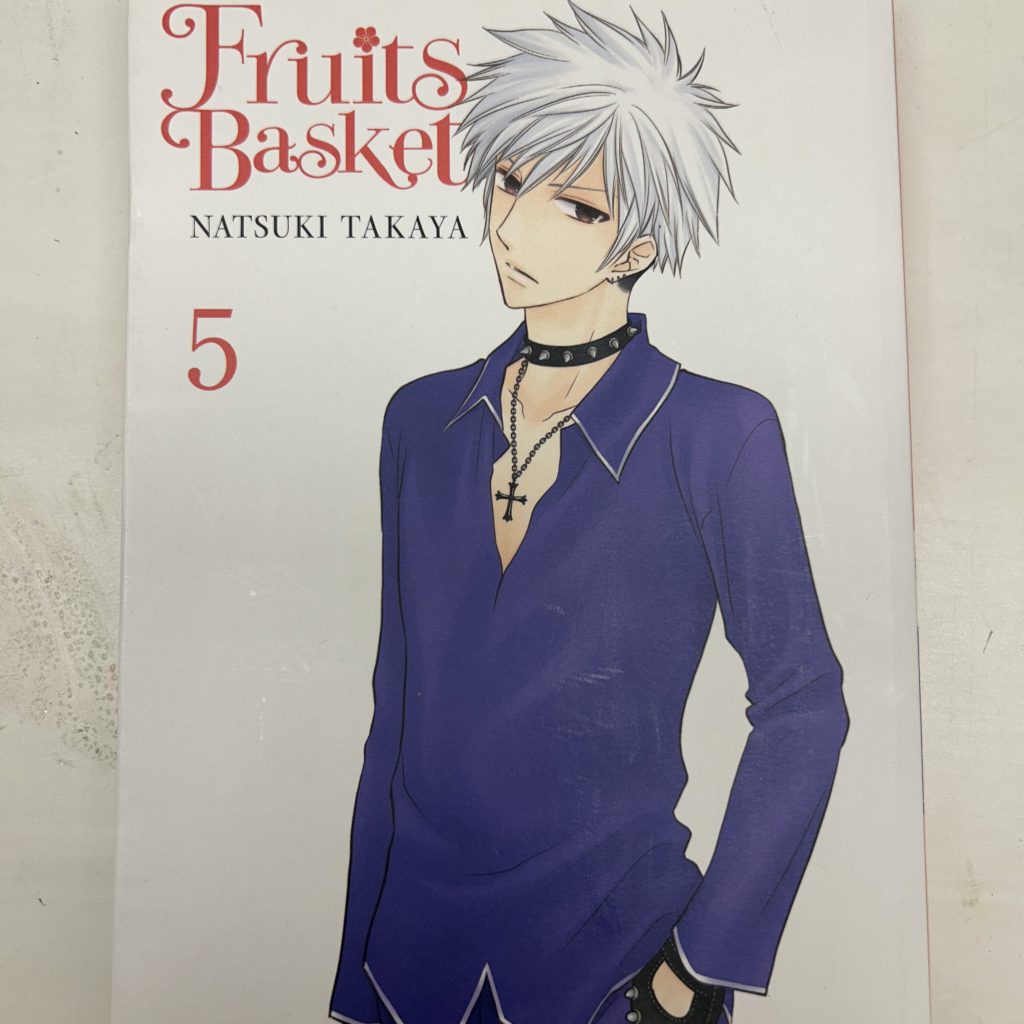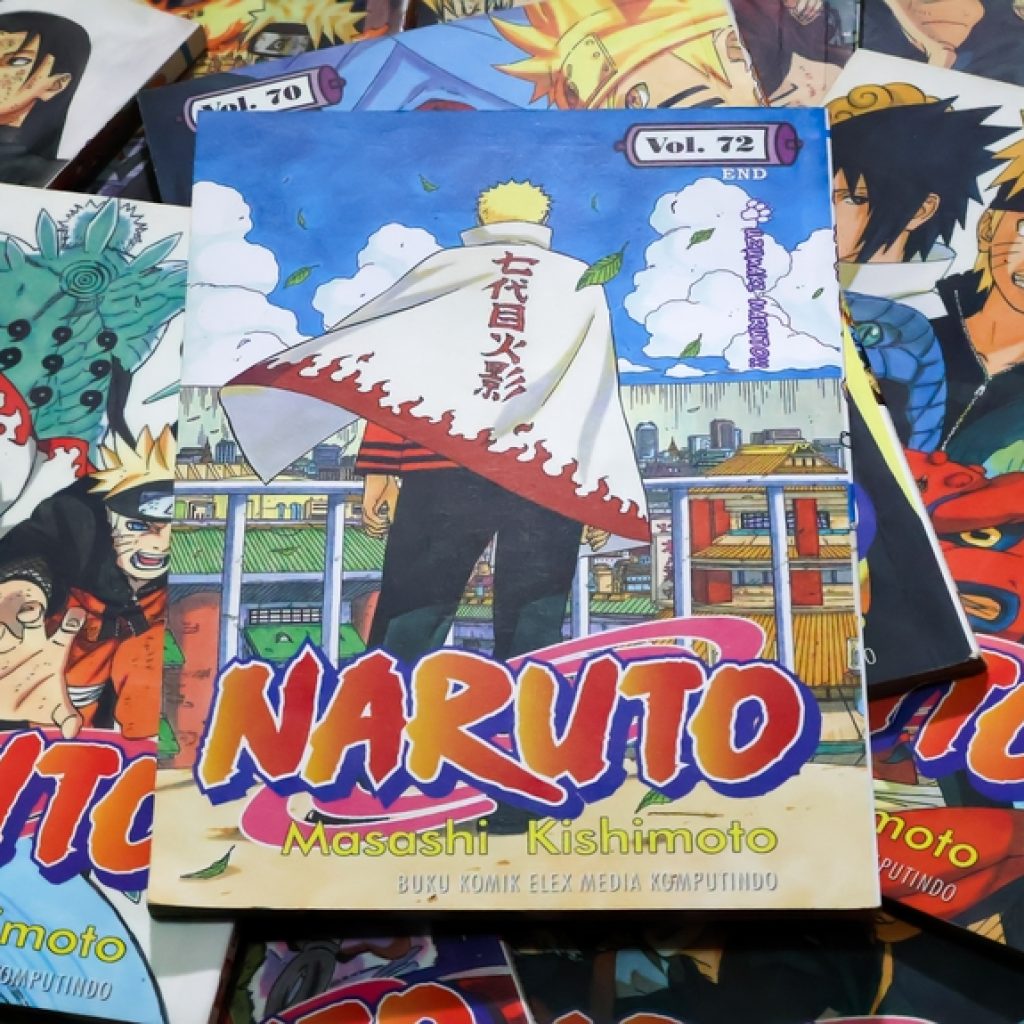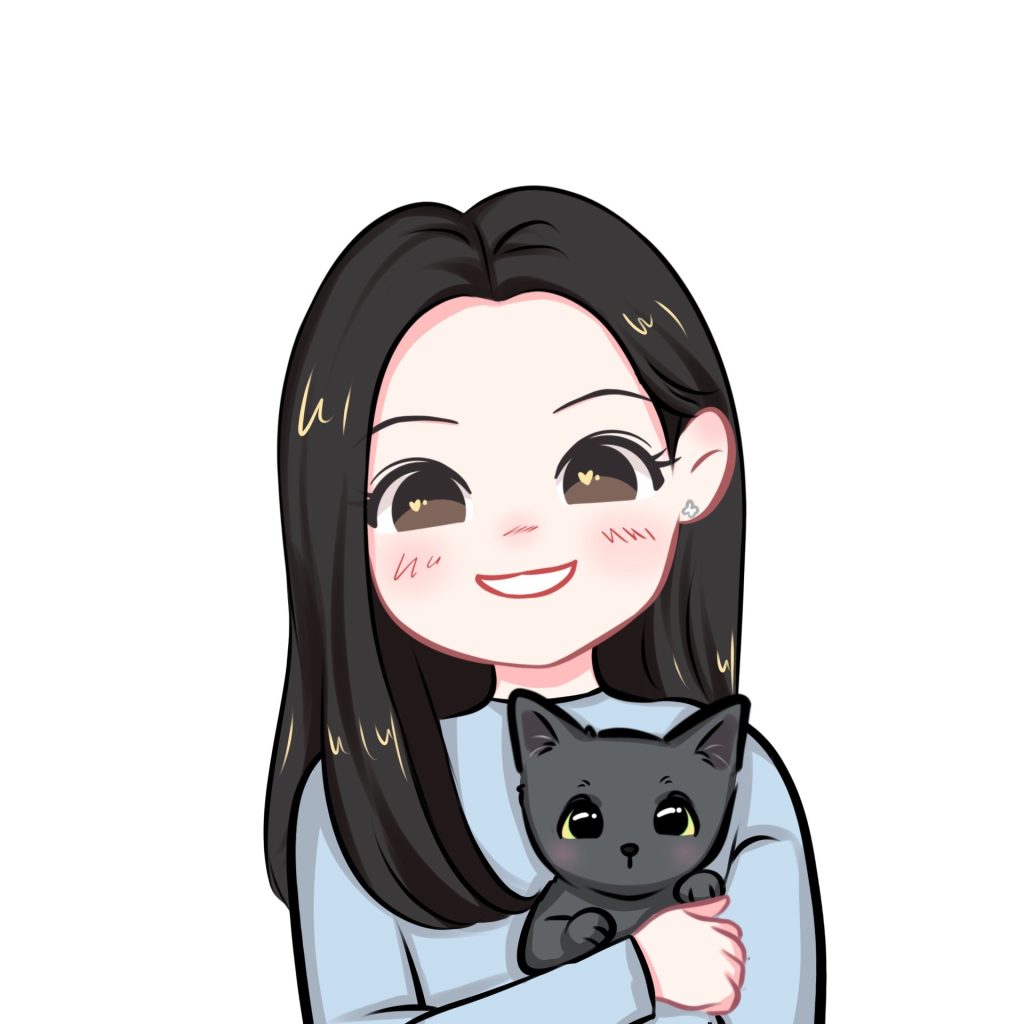
By Zen Lynch
During this past decade, anime and manga have started to rise in popularity here in the United States. For those of you who are unaware, anime is an animated style of Japanese film or television, and manga is a style of Japanese comic book or graphic novel. Personally, there has been a recent uptick in my consumption of Japanese content like anime and manga. For the past few years, I’ve become increasingly invested in Japanese culture. I have a minor in Japanese Studies from The New School in New York City. I learned a lot about the nuances of language itself from my university courses, as well as these various forms of content.
Like any other kind of show or book, anime and manga serve as a form of escape from the world. The genres of both have different subcategories like fantasy, horror, slice of life, and many more. A recent point of interest for me is the differences in translation when adapting an anime to manga. Those differences can also be applied to the subtitles/English translations overall in comparison to Japanese.

I’m currently in the midst of reading Fruits Basket by Natsuki Takaya. I found the anime series during the Fall semester of 2021 and have not stopped loving it. Tohru Honda, an orphan girl who, after meeting Yuki, Kyo, and Shigure Sohma, learns that 13 members of the Sohma family are possessed by the animals of the Chinese zodiac and are cursed to turn into their animal forms when they are weak, stressed, or when they are embraced by anyone of the opposite sex that is not possessed by a spirit of the zodiac. As the series progresses, Tohru learns of the hardships and pain faced by the afflicted members of the Sohma family, and through her own generous and loving nature, helps heal their emotional wounds.
I watched the anime before reading the manga. Fruits Basket was originally written as a manga and then later adapted into an anime, which means that I’m now discovering new things about the series. As an added layer of translation interest, I watched the anime as the English dubbed version, meaning it was entirely in English with English voice actors.

An example of what I’m referencing is one character named Hatsuharu. He is possessed by the zodiac spirit of the Ox and has something of a Yin and Yang personality related to the Ox. He’s usually calm but sometimes he completely shifts into a more aggressive, angry personality which, in the dubbed version of the anime, they call “Dark Haru.” In the manga, his two personalities are referred to as “Black Haru” and “White Haru.” This is one of those instances where I think the different translations are interesting. The translation is very slightly different but other differences are more apparent. In the manga, one character, Momoji mentions “banding time” to which Haru corrects him and says, “bonding time.” In the Japanese version, Momiji and Haru say similar translations, however, the words they say in Japanese are completely different!
These translation changes lead to a larger question: as Westerners how much can we really understand? Over the winter I was rewatching a Japanese reality TV show with Annalise, my best friend, and found another translation to be fascinating. When one of the girls was asked about her impression of a new member, she said “I like him.” However, the literal translation was “I have him.”

No matter what language, context shapes the conversation. However, after studying Japanese I find these instances to be incredibly interesting. While these translations slightly change our understanding, I don’t think this should affect one’s enjoyment of the content. The point of creative works like Fruits Basket is to bring its readers/watchers joy. For those of you who would like to start your anime journey, I’ve added a list below as a starting point. Happy watching!
Personal Anime Recommendations

Personally, I prefer romance or supernatural anime so my opinion is a little biased here. However, I think that a lot of these can be enjoyed by anyone, any age. I even think that some of these could be watched as a family!
Attack on Titan
A dark fantasy anime that started as manga, Attack on Titan is one of the most widely known shows by both anime watchers and non-watchers. Known for its colossal enemies, unconventional soldiers, and battle sequences, Attack on Titan is a great place to start if you’re a new anime watcher. If you have young children, you might wanna skip this one considering there is quite a bit of gore involved. This was my first anime watch and I still enjoy watching it. With its fourth and final season coming out, viewers like me are eagerly awaiting the next part.
Ouran High School Host Club
Ouran High School Host Club is on the complete opposite of the spectrum from Attack on Titan. This anime is a dramatic comedy about a group of rich boys, and one non-rich ambiguous girl, who spend their time wooing rich girls at their school. Personally, I love this anime because the characters are so funny. I like how serious the characters are about something frivolous and unimportant in the grand scheme of life. It’s a show that you can watch again and again and never be bored of it.
Kamisama Kiss
Kamisama Kiss focuses on a young girl who is homeless thanks to her father’s debt. She’s given the supernatural title of “land god” of a shrine and more supernatural events steadily follow. In Japanese Kami means god and -sama is a respectful title that raises the individual to a higher rank than oneself. The title then translates to God’s kiss. The title follows the plot since the previous land god gave her the title by kissing her on the forehead. The supernatural and spirits/entities called Yokai or Ayakashi interest me so this romantic and action-filled anime heavily appealed to me.
Kakuriyo – Bed & Breakfast for Spirits
A young woman, Aoi, is faced with the dilemma of either marrying an oni, or ogre, to pay off her grandfather’s debt or work it off until it’s paid. This anime is centered around food and its effect on those around you. Kakuriyo is one of my favorite anime that I think deserved better since it only received one season. I wish there would be another one, however, I’m thankful for what I can get. Even though it’s a somewhat shorter anime, I still think it’s worth a watch. The food Aoi cooks made me so hungry and the world that the writers and animators built is truly beautiful.
How to Keep a Mummy
How to Keep a Mummy is a truly pure anime. Sora finds that his dad sent him another supernatural package, which he thinks will be something sinister, but it turns out to be the cutest, tiniest mummy. The mummy never speaks but instead communicates through animated emotions. I would completely recommend this anime to anyone of any age. It’s a fun, lighthearted anime through and through.